Luxor’s Sky Beam: More Than Just a Beacon for the Las Vegas Strip
The Luxor Las Vegas, introduced in the early 1990s, quickly became a standout on the Strip with its striking pyramid design. While the resort was once the tallest casino in Vegas, its real claim to fame lies above it: the Luxor Sky Beam. This powerful ray of light, shooting upwards from the peak of the pyramid, is renowned as the world’s brightest manmade beam, drawing attention from far beyond the city’s casino visitors.
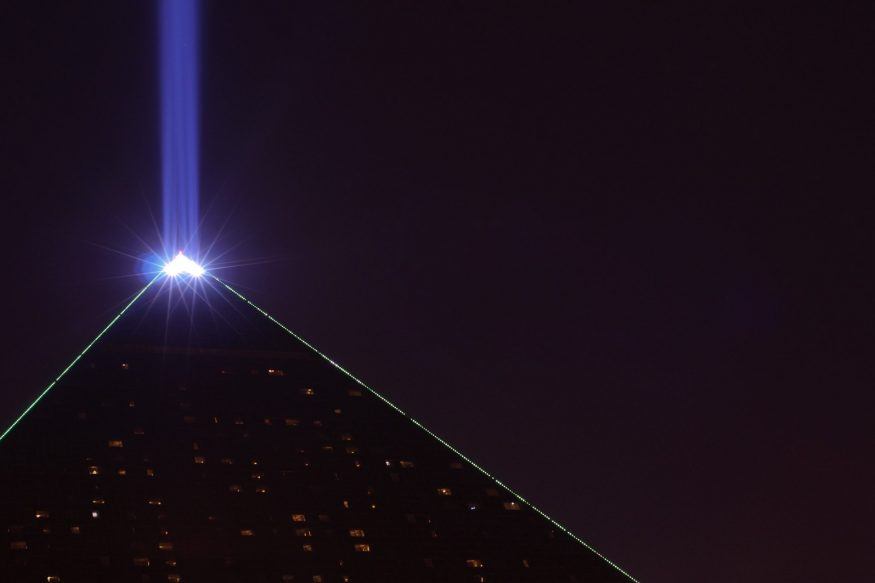
The Accidental Ecosystem Above Luxor
Luxor’s iconic light show is not only a marvel for humans—it serves as a magnet for local wildlife. Anyone familiar with camping knows that bright lights at night inevitably attract swarms of insects, especially moths. As the brightest beam on earth, Luxor’s Sky Beam draws countless bugs, most notably sphinx moths, whose numbers and glittering wings lend a golden hue to the beam itself.
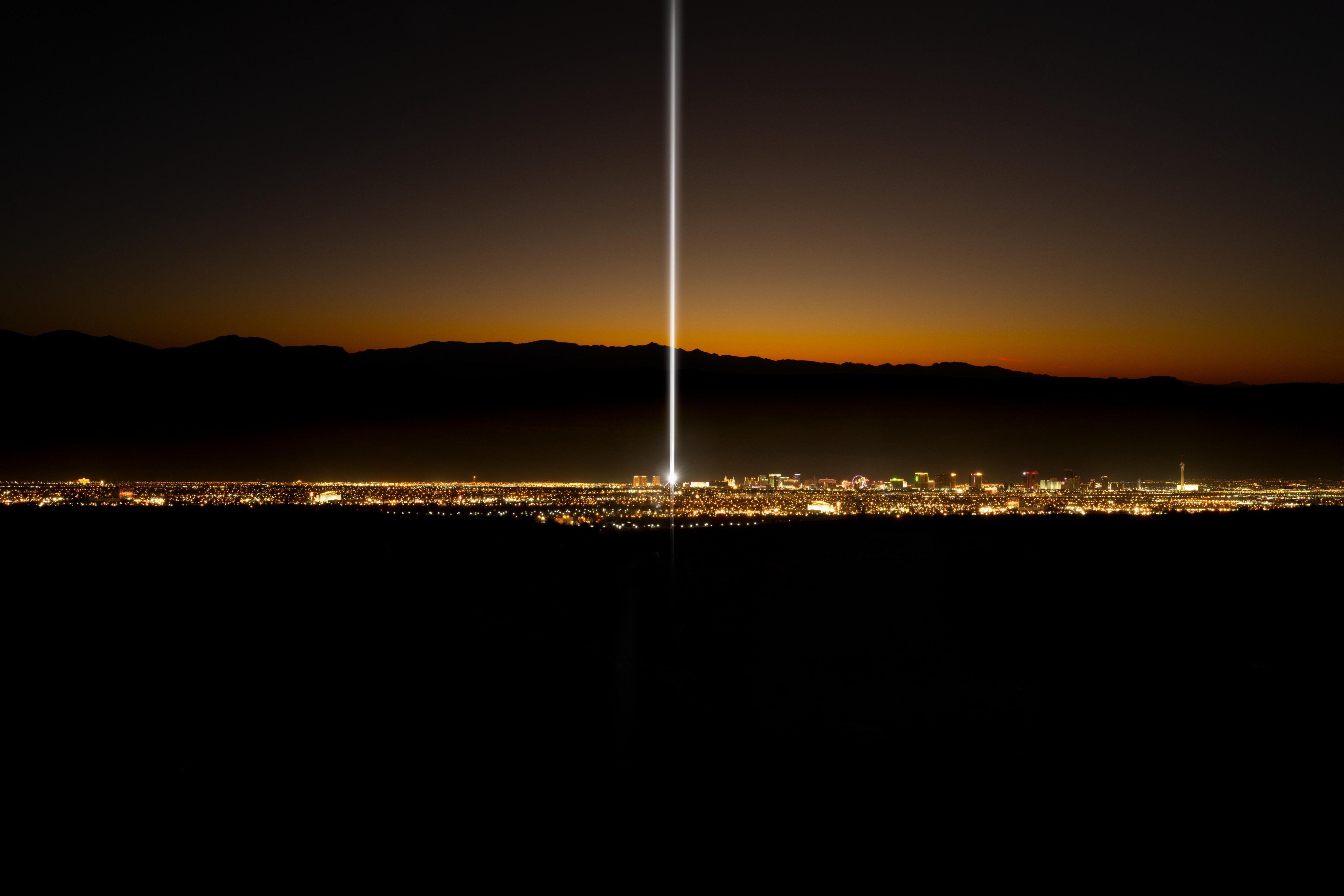
As these insects gather, they in turn attract bats from all around Nevada who swoop through the light hunting for an easy meal. These nighttime aerial acrobatics sometimes cause tourists to mistake bats darting through the glow for UFOs streaking above the city.
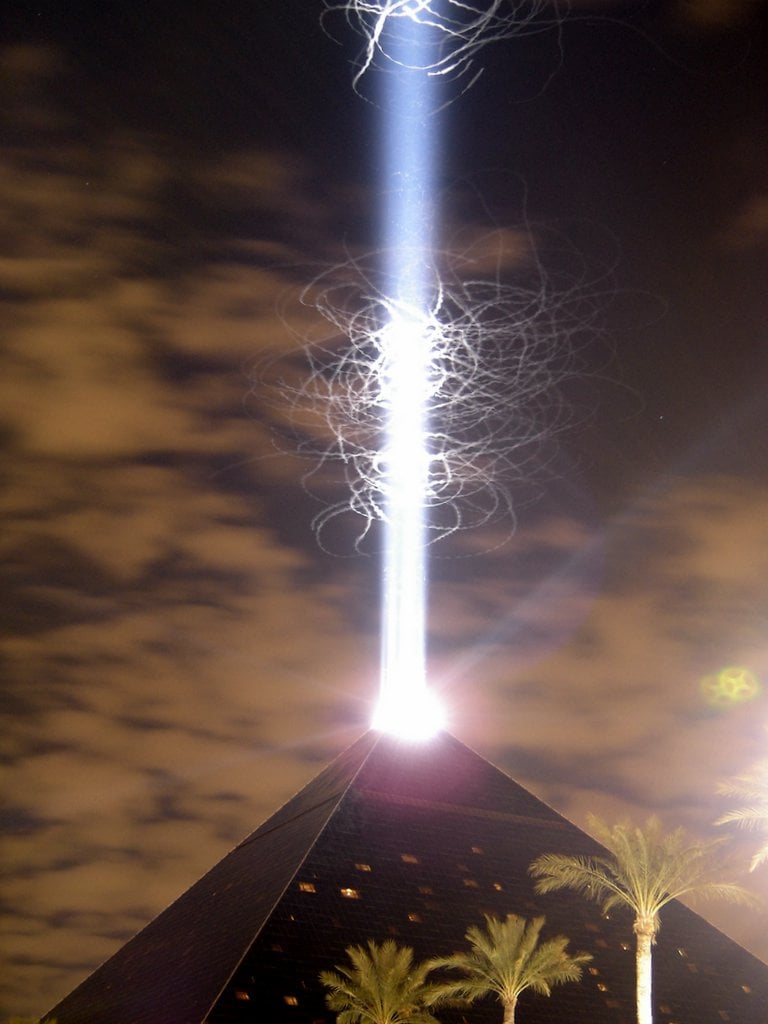
Adding to this multilayered food chain, owls—natural predators of bats—have also been observed hunting near the beam. Their presence, highlighted by the intense spotlight, further contributes to odd sightings in the night sky and stokes the city’s UFO lore.
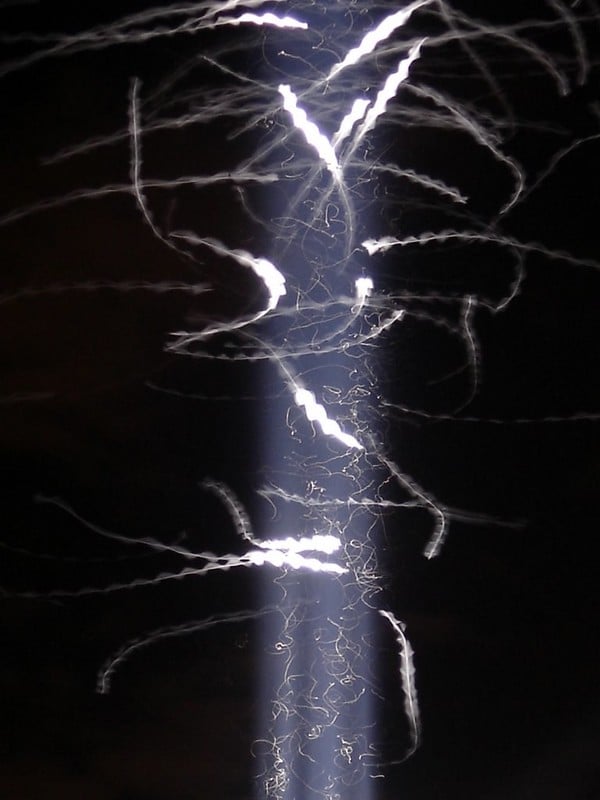
Beyond moths, bats, and owls, even larger insect swarms have joined the spectacle. In 2019, a migratory wave of grasshoppers descended on Las Vegas, adding a new dimension to the sky beam’s unforeseen ecosystem.
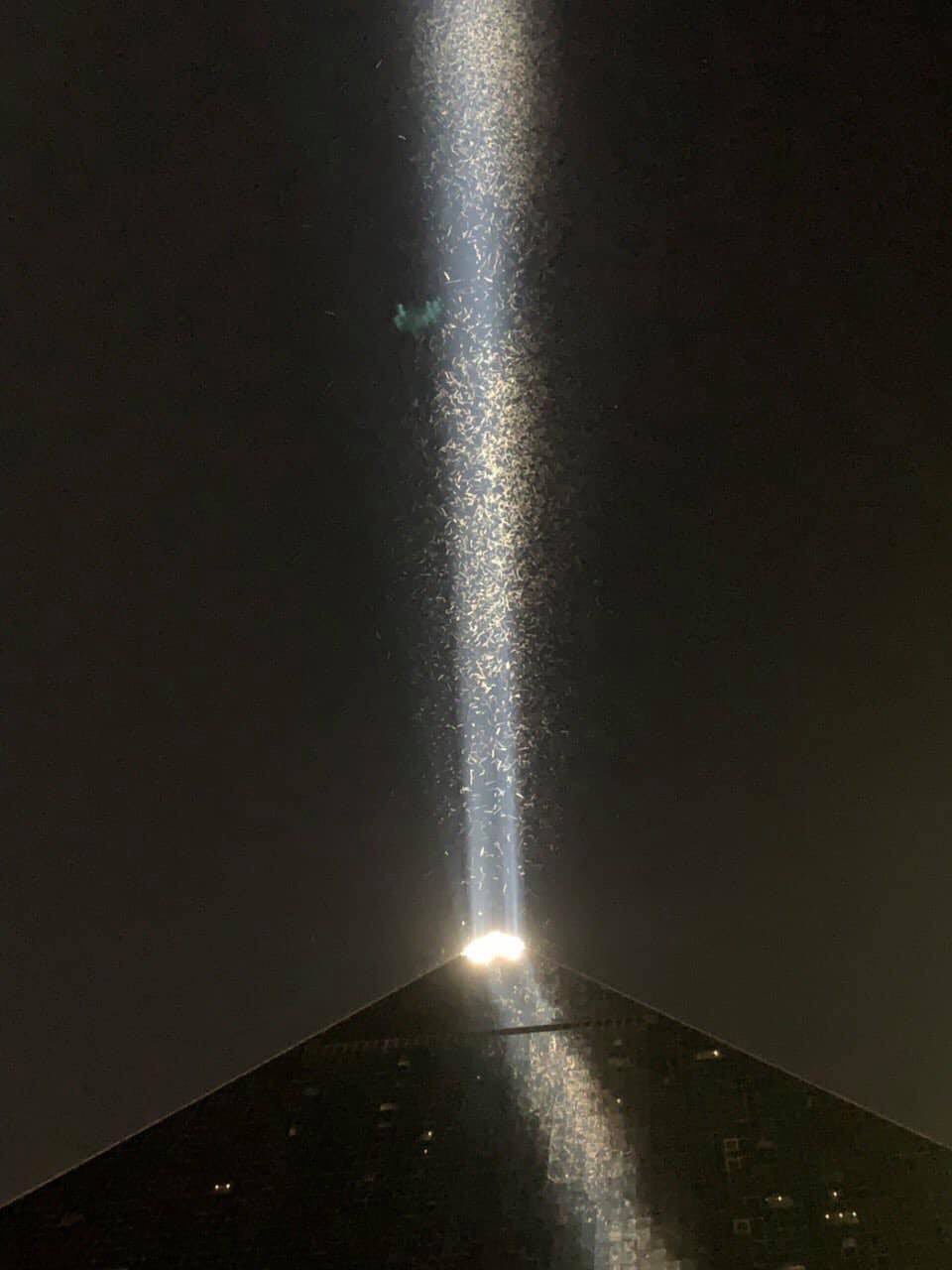
However, this convergence of insects has its drawbacks. Should these creatures reach the lamp housing itself, they are often incinerated instantly, sometimes causing enough heat buildup to crack the protective glass. As a result, Luxor staff are vigilant about keeping the building’s windows firmly shut to prevent intrusion.
Unraveling the Power of the World’s Brightest Beam
The intense glow of the Sky Beam is the result of remarkable lighting technology. The beam boasts a luminous intensity of 42.3 billion candela, dwarfing the light output of a standard lighthouse—about 1 million candela. This means that the Luxor’s beam is brighter than more than 42,000 lighthouses combined.
Its reach is just as impressive: on clear nights, the beam can be seen from as far as 275 miles away.
Rather than relying on a single spotlight, the Luxor’s beacon is produced using a bank of 39 powerful xenon lamps, each fitted with a 7,000-watt bulb. These are not off-the-shelf fixtures but custom components, channeled and aligned using a series of mirrors to form a perfectly vertical ray.
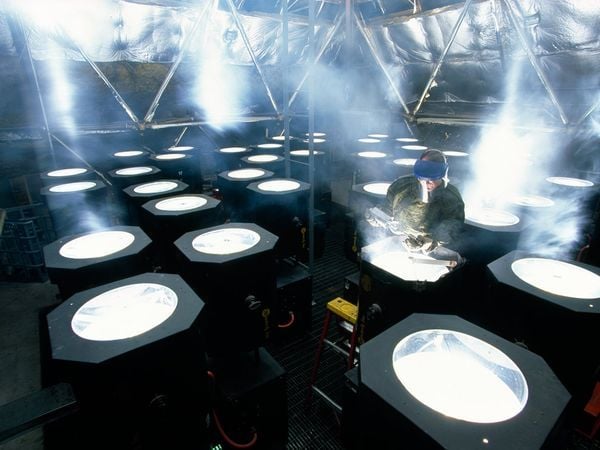
This powerful setup means extreme heat: immediately above the lamps, temperatures have been measured at 500 degrees Fahrenheit. Even the maintenance catwalk positioned 25 feet above the setup can reach 300 degrees when the system is running. For safety, all servicing is conducted with the lights powered down.
Originally, the Sky Beam operated at full intensity every night. However, to save on electricity and operational costs, only half the lamps are now illuminated each evening, slightly dimming the beam but still maintaining its status as Earth’s brightest manmade light.
Navigating by Luxor: The Sky Beam and Air Travel
While modern aircraft rely on sophisticated navigation, pilots still refer to prominent landmarks—both natural and architectural—for orientation during certain flights. In the American Southwest, Luxor’s Sky Beam is a favorite marker, easily referenced by pilots due to its immense visibility. It also serves as a night-time talking point for passengers as flights pass near Las Vegas.
Interestingly, despite its strength, the Sky Beam is not distinguishable by the naked eye from space. The collective glow of the Las Vegas Strip merges into a single blur from orbit. Still, high-tech cameras are able to capture the pinpoint of Luxor’s light from above.
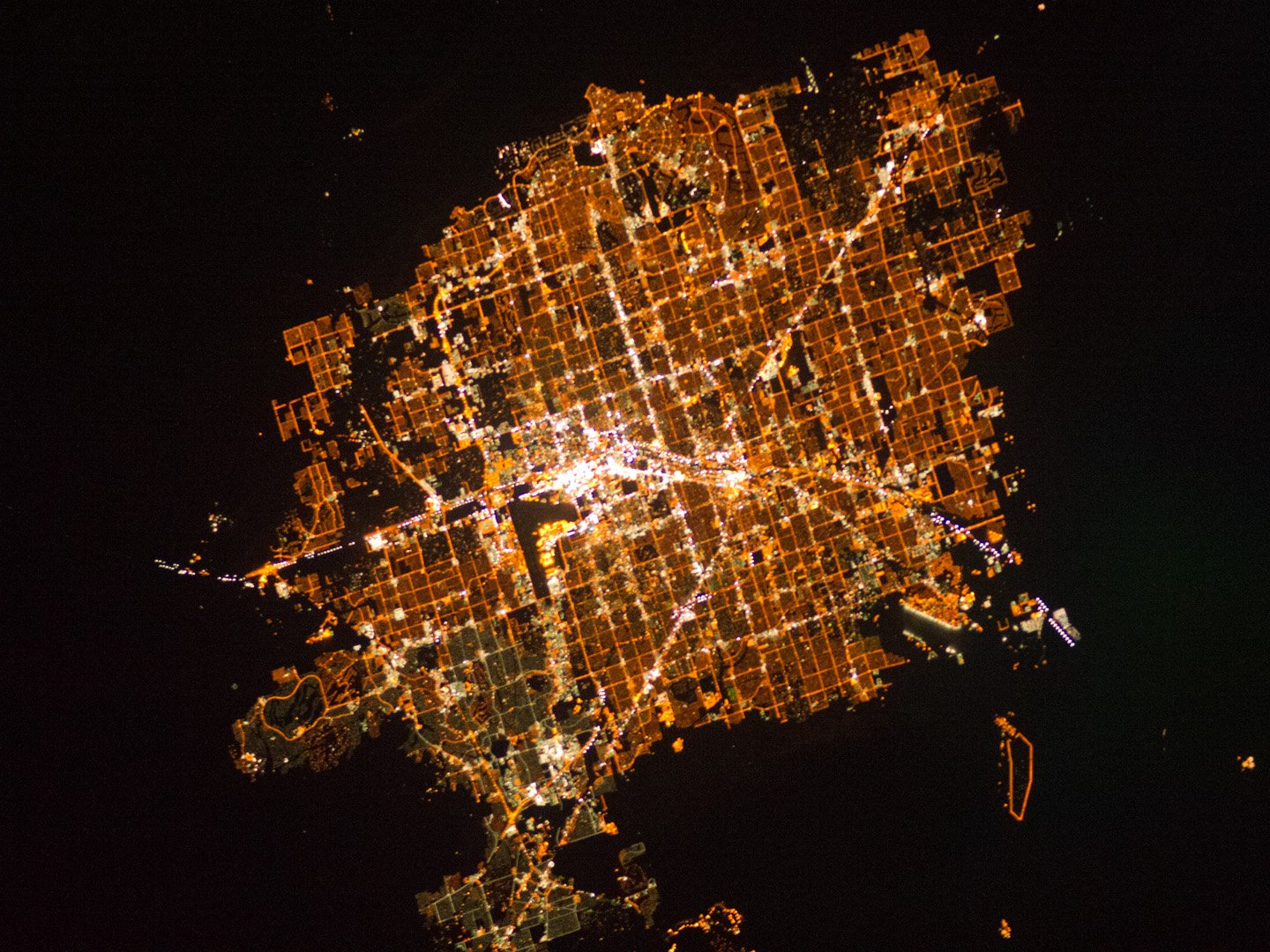
The Economics of Keeping the Sky Beam Alive
Illuminating the night with such intensity is not without cost. When the Luxor Sky Beam debuted in 1993, it is estimated to have cost the hotel around $1 million per year to maintain continuous nightly operation. Nowadays, as only half of the lamps are used, significant reductions in both energy consumption and expenditure have been realized.
While exact savings are unknown, the latest available data suggests that the nightly light display costs approximately $51 per hour to operate. The cost fluctuates throughout the year, as the length of nighttime in Las Vegas varies by season. In the short summer nights of July, with about 300 hours of darkness, monthly costs total around $15,300. In contrast, the extended dark hours of winter push the monthly outlay up to approximately $22,700.
Conclusion: A Beacon That Reaches Far Beyond Vegas
The Luxor Sky Beam is more than just a marketing tool or casino novelty. It stands among Las Vegas’s most recognizable sights, spanning the realms of architecture, technology, ecology, and even aviation. Its brightness has prompted an entire ecosystem to revolve around it in the desert night sky, while also guiding travelers from miles away. As a result, the legacy of the Luxor Sky Beam is set firmly in Las Vegas history—visible proof that sometimes, what’s intended to dazzle humans can light the way for much more.










